Peels

Chemical peels are a cosmetic treatment used to improve the appearance of the skin by applying a chemical solution that exfoliates and removes the outer layers of skin. This process helps to reveal fresher, smoother skin underneath. Chemical peels are commonly used for treating:
- Fine lines and wrinkles
- Sun damage
- Hyperpigmentation (dark spots)
Types of Chemical Peels
Chemical peels vary in strength, which depends on how deeply they exfoliate the skin. They are generally categorized into three main types
- Superficial (Light) Peel
- Active ingredients: Alpha-hydroxy acids (AHAs), salicylic acid
- Penetration depth: Only the outermost layer of skin (epidermis)
- Uses: Mild skin concerns like acne, dullness, and slight pigmentation
- Downtime: Minimal, with possible redness or flaking for a few days
- Medium Peel
- Active ingredients: Trichloroacetic acid (TCA), glycolic acid
- Penetration depth: Reaches the middle layers of the skin (epidermis and upper dermis)
- Uses: Moderate sun damage, fine lines, and deeper pigmentation
- Downtime: Several days to a week with noticeable peeling and redness
- Deep Peel
- Active ingredients: Phenol, strong TCA
- Penetration depth: Reaches the deeper layers of the skin (dermis)
- Uses: Severe sun damage, deep wrinkles, and scarring
- Downtime: 7–14 days of intense peeling and redness, with a more significant healing period
Wide range of peels used at dr kavya’s aesthetics which include:
- Pigment peel
- Acne peel
- Brightening peel/ pumpkin peel
- Hydrating peel
- Party/ glow peel
- Black peel
- Yellow peel
- Pink intimate peel
- Melasma peel
The Procedure
- Preparation: The skin is cleansed and prepped. A topical numbing agent may be applied, especially for deeper peels.
- Application: The chemical solution is applied to the skin for a set period, ranging from a few minutes to an hour, depending on the strength of the peel.
- Neutralization (for some peels): The chemical solution may be neutralized after a certain time, particularly for medium or deep peels.
- Post-treatment care: After the peel, your skin will likely feel sensitive, and you will be advised on moisturizing, avoiding sun exposure, and possibly using a healing ointment.
Aftercare
- Sun Protection: Sunscreen is a must, as the skin will be more sensitive to UV radiation after a peel.
- Hydration: Moisturizers help the skin heal and reduce dryness or irritation.
- Avoid picking or peeling the skin: Let it naturally shed to avoid scarring or irritation.
